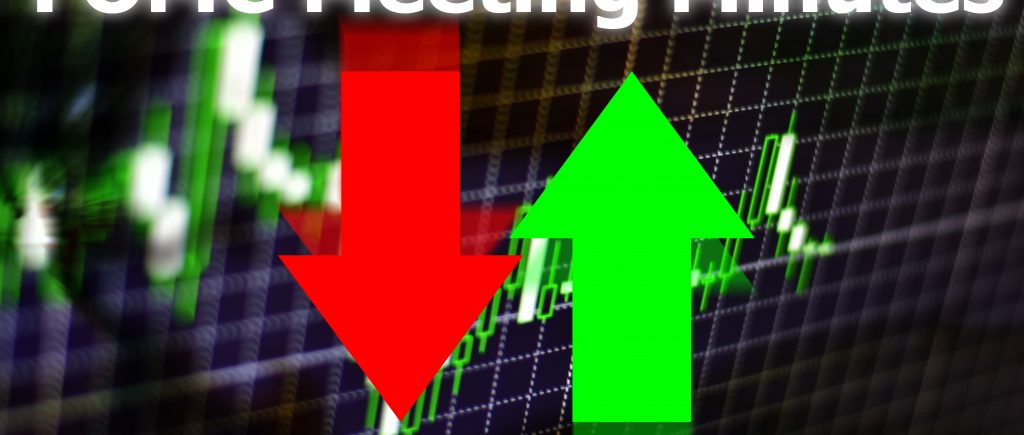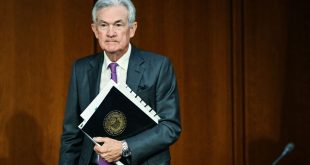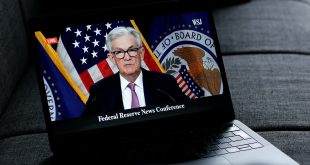Global equities surged on Tuesday while US Treasury yields dropped ahead of the awaited release of the Federal Reserve’s meeting minutes for November. Investors are looking forward to clues on the upcoming US interest rate hiking. On the other hand, China’s COVID restrictions weighed on the overall market sentiment.
Benchmark 10-year Treasury yields were down to 3.7689% while the yield on the two-year note fell to 4.5124%. The US dollar retreated across the board, giving up some of the ground gained in the previous session, as investors looked past worries about China’s COVID, boosting demand for more risky currencies. The dollar index retreated 0.353%, with the euro up 0.32% to $1.0274.
In China, Beijing shut parks and museums. In Shanghai rules were tightened for people entering the city as the country wrestles with a fresh COVID wave, triggering fresh concerns about its impact of the new infections wave on the economy.
FOMC minutes will be released on Wednesday, offering a closer look on how Fed’s policymakers view the state of the US economy and the economic conditions.
FOMC minutes are expected to be read word by word, looking for answers to a key question, namely whether the majority tend to adopt the stance expressed lately by Fed official statement, or will echo Powell’s press conference. It is understood that policymakers will be looking at the cumulative effect in considering when to stop the current tightening cycle.
Even though investors express optimism regarding signs of inflation peaking, the bond market’s best-known predictor of recessions is sending the clearest ever signal that there is trouble ahead for the US economy.
An inverted yield curve, and in recent days it has moved to its most extreme levels since the 1982 recession thanks to a big drop in long-term bond yields. When this dynamic has been in place over the last two decades, in each case a recession has followed.
While an inverted US Treasury yield curve is not known as a predictor of how deep or how long a recession may last, or even when a recession will begin, market observers do insist the current message is obvious.
Money managers look upon the US economic outlook as highly uncertain against a backdrop of recent economic data depicting a conflicting picture. On the one hand, inflation started to come down from 40-year highs, which should give the Fed the ability to slow the pace of interest-rate hiking.
On the other hand, inflationary pressures are extremely hot despite latest easing signals. Job growth and consumer spending are robust. In fact, the Atlanta Fed’s GDPNow forecast is in an extremely strong 4.2% rate of growth for Q4. This and as well as other indicators suggest that Fed policymakers cannott afford to stop rate hiking too early.

 Noor Trends News, Technical Analysis, Educational Tools and Recommendations
Noor Trends News, Technical Analysis, Educational Tools and Recommendations




